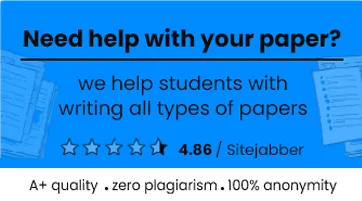Introduction
It was President Roosevelt who founded the National College Athlete Association in 1905 and started providing stipends to those students who were participating in the athlete. The reason and idea for providing stipends to those students was to promote and motivate them so that more can participate in healthy activities, which, in the meantime, can be a source of income. There are people who are divided into two groups who view the money paid to athletes as a good thing or not. One supported this intuition and emphasized continuing it, whereas the other group was against this idea of using the resources. It is taken into consideration specifically the students who are studying under the scholarship without paying the fees (Stauffer, 5).
Discussion
When forming any particular opinion, one should take into consideration both the positive and negative sides of stipend programs. There are several advantages and disadvantages to giving a stipend to students who are taking part in athletics. The organizations working for these students are not as active as they were because, partially, the authorities started misusing the funds, and the other reason is that colleges and universities started funding the students on their own.
The first advantage of providing stipends to athletic students is that their participation in sports is devoted to educational institutions rather than their own selves. So, the institutes should pay a specific amount of stipend to those students. There are many occurrences when the players have faced injuries, which were, a few of the times, harsher than expected. Providing them with a stipend helped the universities in keeping the sports culture alive. The other advantage is the minimal stipend to students has helped the institutes to generate a vast amount of profit in the national and international sports tournaments. The third significant advantage of providing stipends to students is that it helps bring a financial sense of awareness to the students. While sports and activities related to athletes provide a sufficient amount of stipends, the students are not distracted by another mean of earning to support themselves. The other means could be illegal because of the desperation of financial conditions, and the other aspect is that their focus gets distracted from studies to the jobs which they start doing (Tucker, 3).
Now that we have discussed all the important advantages, the disadvantages should also be considered before forming any particular opinion. The main point that provided the scenario that the students are also receiving another form of scholarship has raised the concern that an additional stipend is not an efficient way of using the resources just on the basis of participation in sports. Along with this reason, the stipend will also distract the students with the truer sense of sports in the students, and they will only be motivated by the stipend rather than sports providing harmony in student life. Losing the stipend will take away their motivation from them, and further participation in sports will be less as compared to before. The third and most important reason for not paying the stipend is the contradiction with one of the advantages that provided the argument of bringing income. Not all sports bring income, but only a few are being played nationally and internationally. The criteria should be made according to the income size while deciding the stipend (Sanderson and John J., 12).
Conclusions
In conclusion, after going through both aspects of paying athletic students, there should be a revised policy of paying the stipend to the students on the basis of participation in sports. If taking a look at the advantages, the only valid one is the generation of income because maximum income will help provide maximum facilities for students. Those students who are on scholarships shouldn’t be discriminated against no matter on what basis they are being provided with scholarships because the effort in the sports would undermined if only the selective students started getting paid for participation in the sports.
Works Cited
Stauffer, Devon. “Will Athletes Ever Learn: Examining Ways the NCAA Has Tried to and Can Deter Student-Athletes from Accepting Extra Benefits.” Jeffrey S. Moorad Sports LJ 24 (2017): 111.
Tucker, Kayla, et al. “Perceptions of College Student-Athletes.” Journal of Undergraduate Ethnic Minority Psychology 2 (2016): 27-33.
Sanderson, Allen R., and John J. Siegfried. “The case for paying college athletes.” Journal of Economic Perspectives29.1 (2015): 115-38.
Cite This Work
To export a reference to this article please select a referencing stye below:







